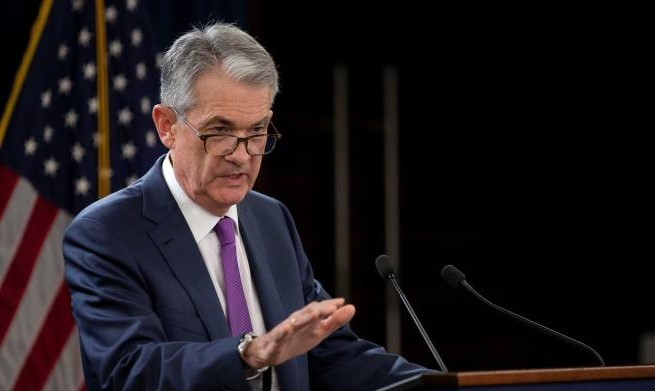By Kathy Lien
Investors drove the U.S. dollar sharply higher after the Federal Reserve made it very clear that they are ready to reduce asset purchases. According to Fed Chairman Jerome Powell, it is “time to begin taper” and “if the economy progresses as expected, they may move at the next meeting.” But the BIG line is that ending taper by mid-2022 may be appropriate.
Here are the 6 Main Takeaways from #FED Meeting
+ Taper announcement could be as soon as Nov FOMC
+ Taper could end mid-2022
+ 9 members favor 2022 hike, up from 7
+ Much Higher PCE forecast for 2021-2023
+ Lower 2021 GDP, higher for 2022, 2023
+ Higher unemployment rate 2021-2023
The precision in the central bank’s timing for taper is very hawkish even as they say rate hikes are far away. Investors braced for a dance around taper timing but with inflation expected to remain elevated “for months before moderating,” the time has come to act. The dot plot provided the first hint of hawkishness with 9 members favoring a 2022 rate hike, up from 7. The PCE forecasts, which are measures of inflation were also revised sharply higher for 2021, 2022 and 2023. Powell sealed the deal during his press conference by confirming that barring any unexpected shocks, a taper announcement will be made at their next meeting in November. Although the dollar’s initial gains were limited, today’s announcement should be positive for the dollar, particularly against the Japanese Yen.
Stocks were the only reason why we did not see universal gains in the greenback because the dollar is a safe haven currency. Worries about Chinese property developer Evergrande missing a major debt payment eased after they said they would be able to make the interest payment on an onshore bond. There are also rumors that the Chinese government will split the company into three separate units. None of this is confirmed, so there’s still a lot of uncertainty.
The real wildcard is Evergrande’s $83.5 million dollar bond coupon payment. The dollar bond payment is more than double the yuan payment and even though there is a 30-day grace period, if they miss the payment, the potential consequences of default on foreign bonds could send risk assets tumbling quickly.
China and not the Fed will determines how the dollar and risk assets trade for the rest of the week.
The next 24 hours will be a busy one. Aside from watching Evergrande, PMI reports are due from Australia, the Eurozone and U.K. The Bank of England and Swiss National Bank also have monetary policy announcements that will be followed by Canada’s retail sales report. Before we get to that, the Bank of Japan left interest rates unchanged which was widely expected. Their outlook for exports and output was more grim but they still believe stronger global growth will keep Japan’s recovery on track.
European currencies are under pressure while the commodity currencies performed well which is a bit of a surprise considering that there’s more financial market and COVID troubles in Australia and New Zealand than Germany and the U.K. Still, the sharp drop in the German ZEW survey signals potential weakness for Eurozone PMIs. The Bank of England and Swiss National Bank are widely expected to leave policy unchanged. The BoE may be one of the least dovish central banks but with stocks falling and Delta variant spreading, they will be reluctant to even talk about raising interest rates. Their furlough program also ends this month, which could lead to some weakness in the economy.



